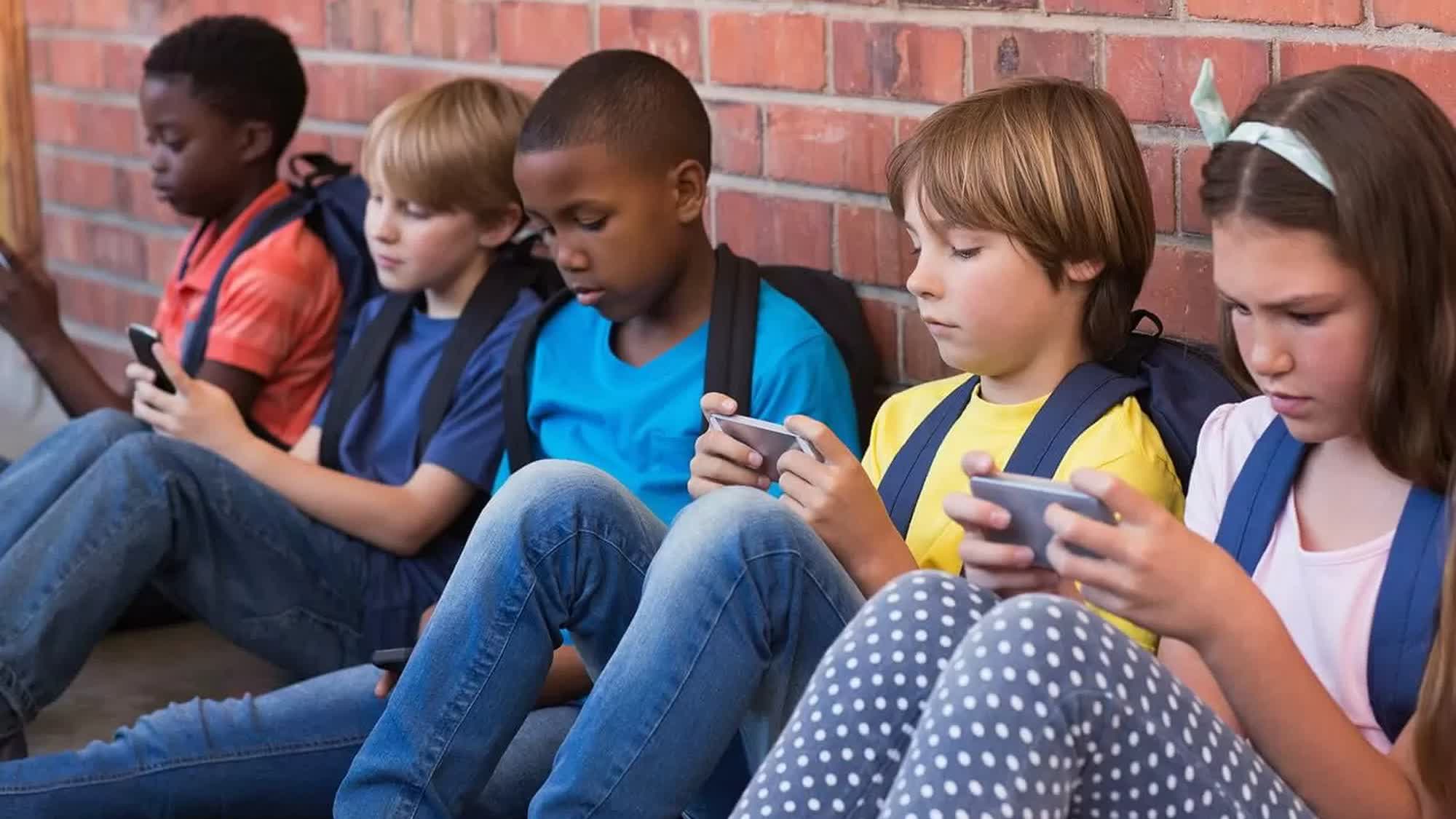In brief: YouTube is expanding its use of AI to determine if someone is 18 years old or older in the US. The platform is using machine learning to assess user behavior and estimate a person's age based on the content they watch and search for.
YouTube writes that it will use AI to determine if a signed-in user is over or under 18 based on the types of videos they search for, the categories of videos they have watched, or how long they have held an account – regardless of what birthday they put down on their account.
Should someone be flagged as being underage by the system, YouTube will automatically apply its age-appropriate experiences and protections. These include disabling personalized advertising, activating wellbeing tools, and adding safeguards to recommendations – such as limiting repetitive views of certain types of content.
Should the system incorrectly identify someone as under 18, which sounds like it could happen quite easily, the onus will be on the user to prove their age. This can be done using a credit card, government ID, or selfie.
The company said that it will only allow those who have been inferred or verified as over 18 to view age-restricted content on YouTube that may be inappropriate for younger people.

YouTube will start testing the age-detection system in the coming weeks among a small set of US users. It will closely monitor this test before rolling it out more widely. The Google-owned firm added that it has used this method in other markets for some time, where it is apparently working well.
YouTube remains the most popular online platform among under-18s, with 73% using it daily, according to Pew Research Center's data.
In related news, YouTube is currently arguing its case to be exempted from Australia's social media ban for under-16s – it doesn't think it falls into the category of a social media platform.
Australia's former communications minister Michelle Rowland had promised the site that it would be exempt from the under-16s ban, but the eSafety commissioner last month recommended that it be included, citing research that showed 37% of surveyed children who had seen or heard potentially harmful content online had encountered it on YouTube.
